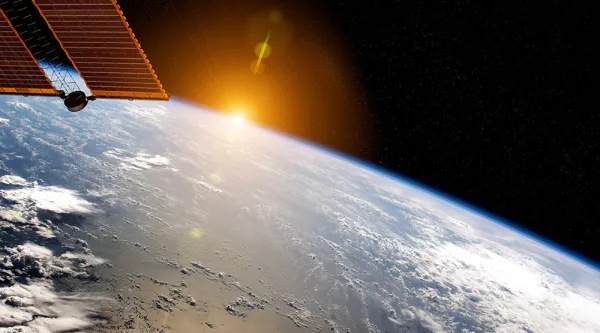Dr. Jaime Reed
Vice President Consulting Services, Space Data Platforms and Applications, UK and Australia
Jaime
enjoys
working
with
clients
to
invent
the
space
services
of
the
future.
He
leads
Space
Data
Platforms
and
Applications
team
for
CGI
in
the
UK
and
Australia.
Using
satellite
communications
and
remote
sensing
technologies
Jaime
and
his
team
work
...



